
Caption
Native Joe-Pye weed (Eutrochium purpureum), a native perennial.
Photo Credit
Kabar/Shutterstock
Subhead
Discover the beauty, care tips, and history behind Joe-Pye weed (Eupatorium Purpureum)
Read Next
Types
Here at the Almanac, we enjoy ‘Ruby’ for larger perennial gardens, ‘Gateway’ as a mid-sized variety, and ‘Little Joe’ for smaller gardeners, borders and containers.
- Eutrochium purpureum is a commonly seen native species and is also known as Sweet Joe-Pye weed. In the garden, a popular variety is ‘Ruby’. Height is 24 to 32 inches, and spacing is 24 to 28 inches.
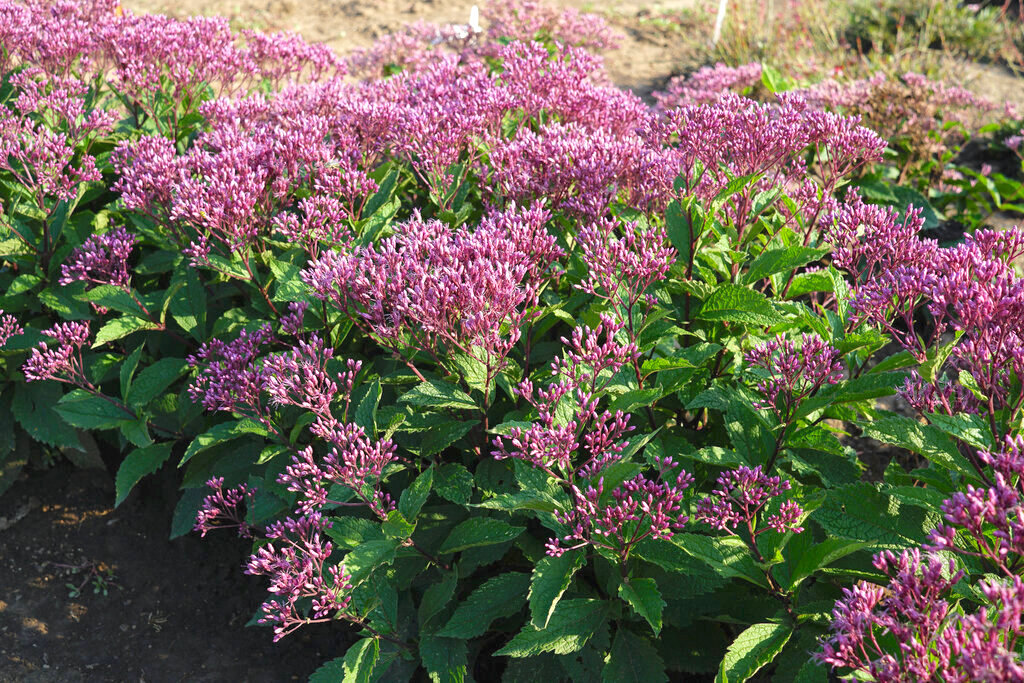
- Eutrochium fistulosum is taller, up to 10 feet tall. It’s called “hollow” or sometimes “giant” Joe-Pye weed.
- Eutrochium maculatum is known as ‘Gateway’ and has red stems. It’s 4 to 6 feet tall and may offer some resistance to powdery mildew.
- Eupatorium rugosum is known as chocolate Joe-Pye weed and bears stunning white flowers contrasting against deep purple foliage. It’s 3 to 5 feet tall.
- Eutrochium dubium is called ‘Little Joe’, ‘Baby Joe’, or ‘Coastal Plain’ Joe-Pye weed. It only reaches 3 to 6 feet tall and is popular in garden areas where you need a mid-sized plant.
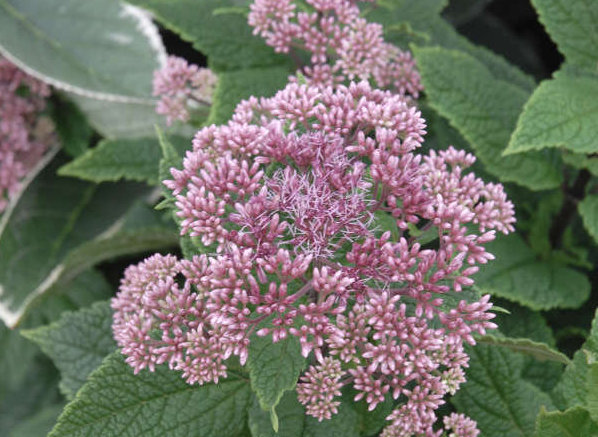
Gardening Products
More Like This
Twenty-six years ago when I moved into my old farmhouse in Central New York, I was blessed with a cluster of Joe Pye Weed on the banks of my pond. Every years it rewards me and pollinators with its blooms. I let it sit as is over winter to feed the birds. Its presence is comforting in its ties to indigenous people and early American history.
Thanks for the information: I will be encouraging out town In Conn. to plant more Joe-Pye Weed near our ponds and brooks !!! ty~






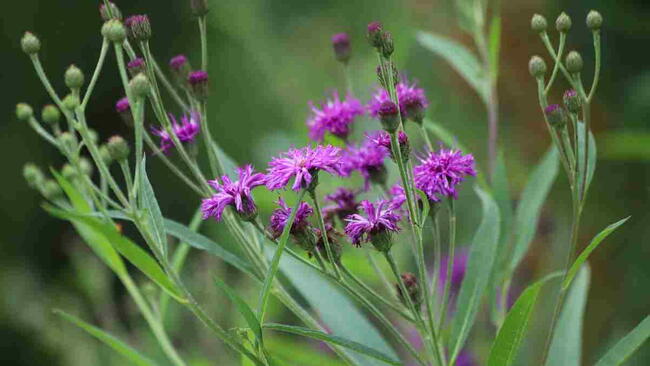
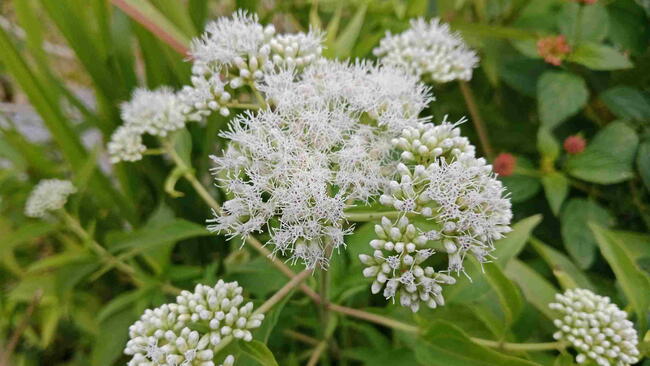
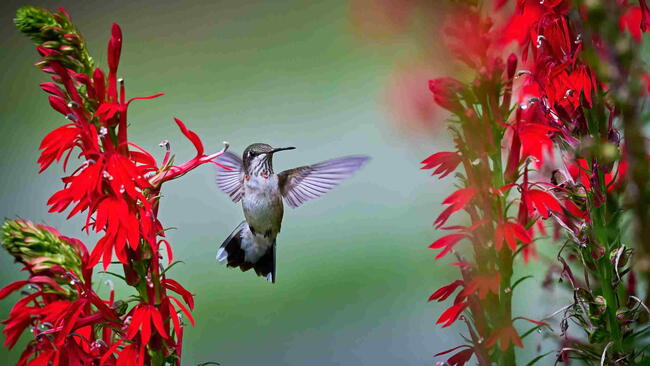


Comments